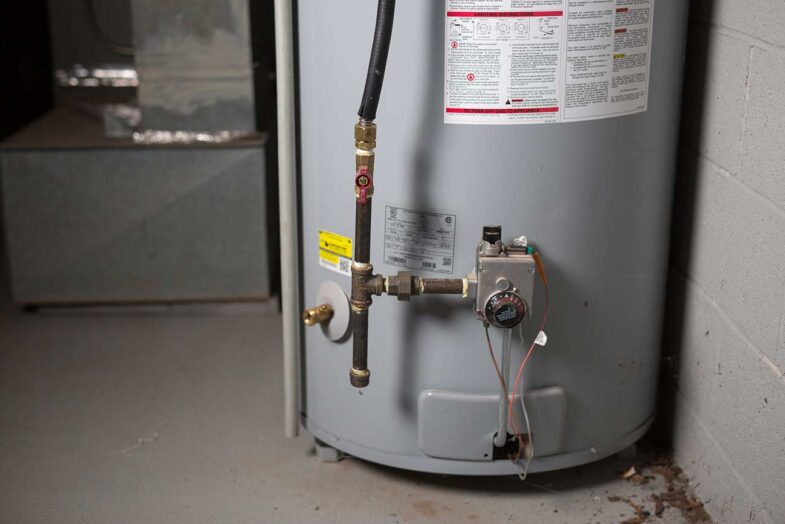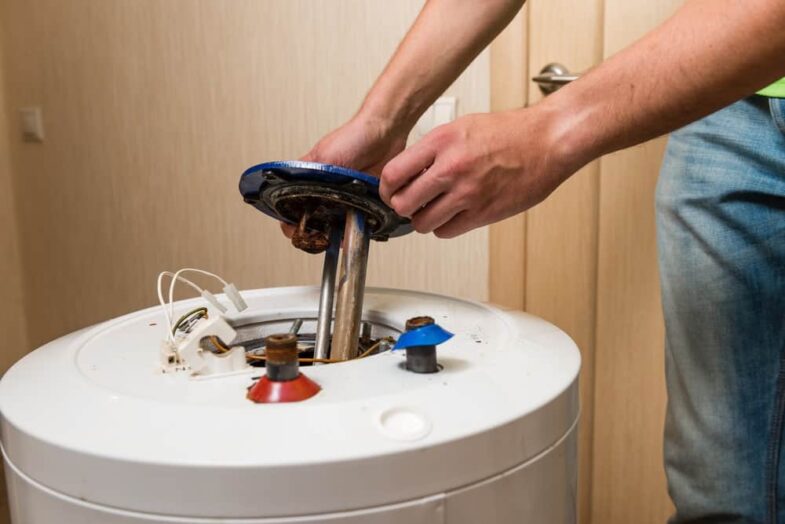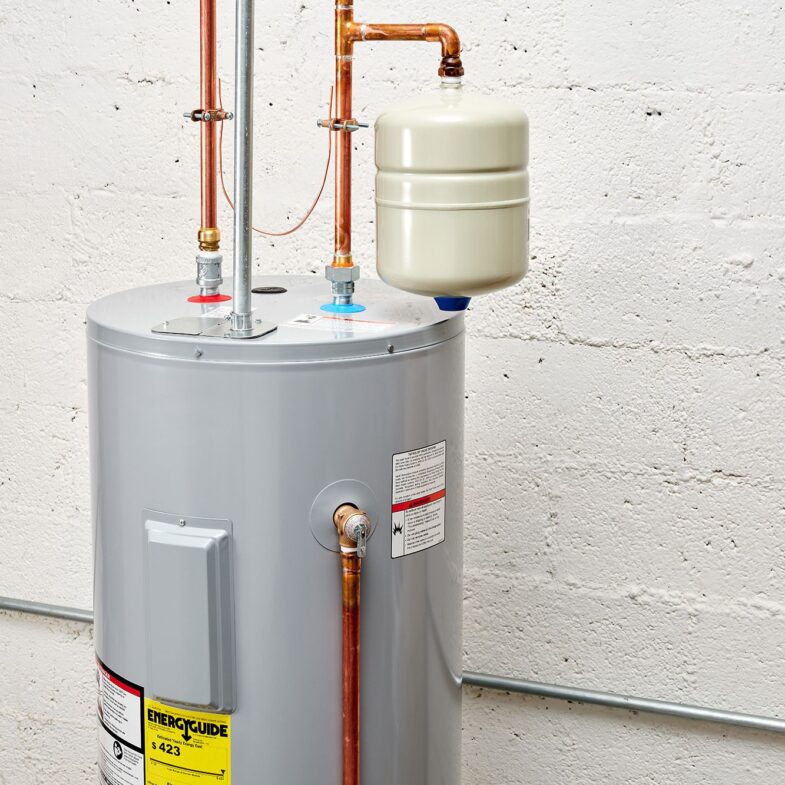Before the development of the water heater, people heated water in a pot over an open flame or a stove. The hot water would then need to be poured into a bathtub for washing or bathing. It took a while to heat the water in this manner. The heater, which was created during a pivotal point in modern history, is still regarded as one of your home’s most durable appliances. We now have faucets that deliver hot water on demand due to these inventors’ work.
Modern water heaters are simple, practical, and secure to operate. They must be turned on after installation for hot water to start flowing from the faucet immediately. It certainly beats filling containers with tap water, heating it on the stove, and then transporting the hot water for a bucket bath after waiting a long time.
The initial and most crucial step in treating any problem is to examine it and make the proper diagnosis. The same holds true for home furnishings like heaters. Since it is such a precious thing, it is essential for you to understand what issues can arise nearby so that you can more easily address them. These are the most typical issues.
1. Leaking Water From The Bottom
If you notice water dripping from the bottom of your heater, don’t panic. There are a couple of factors at play here.
Condensation could be the cause of the leak in an electric heater. Increase the thermostat to find a solution to this issue. Another possibility is that the water is coming from the overflow line in an effort to relieve pressure. Ensure that the pipe is joined to a drain.
You must replace the entire heater if water is directly dripping from the tank. A heater has a lifespan of roughly ten years.
2. It Takes Too Long To Reheat

Source: thespruce.com
Electric heaters often reheat twice as quickly as gas heaters. The times for reheating will change depending on the model.
Your heating elements or thermostat may be broken if you find that the electric heater is taking too long to reheat. It’s simple to swap out those tank components. You should consider buying a new electric heater if it has been more than ten years since you last bought one. New electric heaters with faster reheat times are released every year.
It may be necessary to move a gas heater to a better position if it takes too long to heat the water. If water must travel a long distance through the pipes, it will cool. For professional water heater repair, visit hedlundplumbing.com.
3. Insufficient Hot Water
Do you have some hot water, but not enough to satisfy you? The thermostat is generally always to blame for the shortage of hot water.
Simple temperature adjustments are the first course of action. The thermostat is typically concealed behind a panel on electric heaters. Since most electric models are never designed to be updated, the thermostats are buried.
If adjusting the thermostat doesn’t work, ensure all the electrical parts are in working order. You may not have enough hot water from a gas heater because too many faucets or other sources need hot water.
4. Hot Water That Smells

Source: google.com
A hot water fragrance should be the only one present. The problem is not with the heater if the hot and cold water both smell or if only the cold water smells. If, after three minutes, the hot water is still smelling, you might need to flush your heater tank.
If that isn’t the issue, your pilot light might have burned out. Once the gas has dispersed, switch your gas valve to the OFF position. You should leave the building and contact your gas company if the overpowering gas stench doesn’t go away after a few minutes. You should restart your gas and relight your pilot light if the gas does disperse. If neither of these suggestions works, you might need to have one of your unit’s parts replaced. Make a call to your technician.
5. Weird Noises
Are there any weird noises coming from your heater? It is likely the consequence of sediment build-up if the noise is popping and your heater is a tank model.
Opening the sediment faucet at the bottom of the tank and letting the water drain out until it runs clear will help you reduce the amount of sediment in your tank-style heater. Just be mindful since the water is going to be hot. Before you begin, make sure a bucket is set up underneath the faucet to catch the water. Alternatively, if a floor drain is nearby, you can connect a garden hose to it and run it to the drain.
What about an odd noise coming from a tankless heater? A wide range of problems, including damaged components that reduce their effectiveness, could be the cause. For this one, you’ll need a specialist to investigate.
6. Low Water Pressure

Source: thespruce.com
Low water pressure is typically a result of insufficiently comprehensive pipes. This can happen when pipes in older homes, which are half an inch in diameter, are installed in newer homes, which are three-quarters of an inch wide.
As you can see, this issue will undoubtedly arise in older homes, and the simplest solution is to purchase wider pipes, which will ensure that the pressure is just correct.
Conclusion
Frequently, routine daily use will reveal whether your heater has issues. Nothing but cold water comes out of the shower when you switch on the hot water. The hot water may seem far too hot, as you may have seen. When the heater generates hot water, you can hear snapping and popping.
It is crucial to troubleshoot heater issues to identify their causes, regardless of what they are. Once you know the root causes, you may decide if the issue can be fixed without a professional plumber’s help or if it requires their help.




